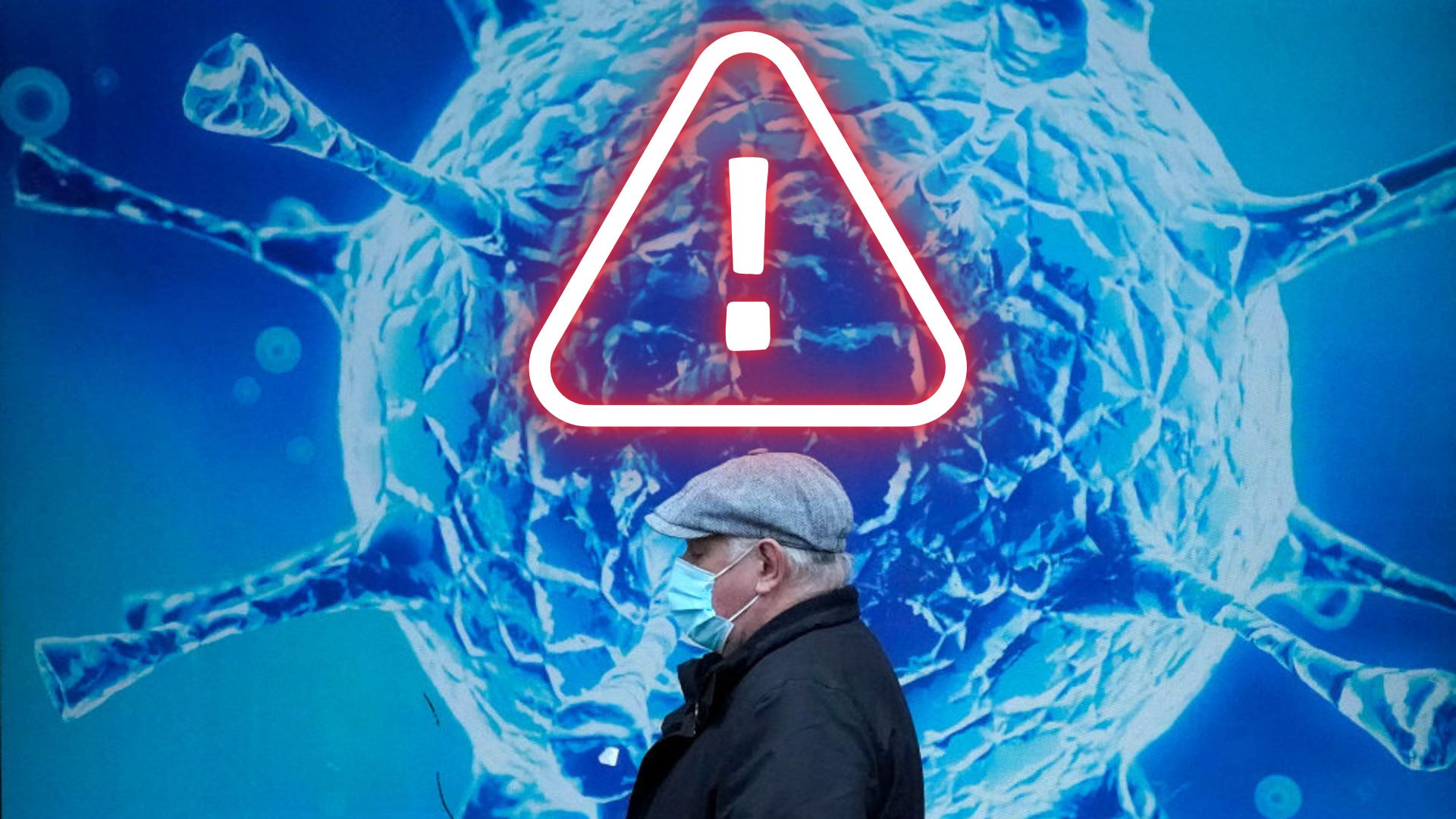Covid levels in California’s wastewater have reached a “very high” level for the first time since the previous winter.
As per the latest information from the Centers for Disease Control and Prevention, the pattern matches what’s being accounted for in a few different states.
Affected Regions
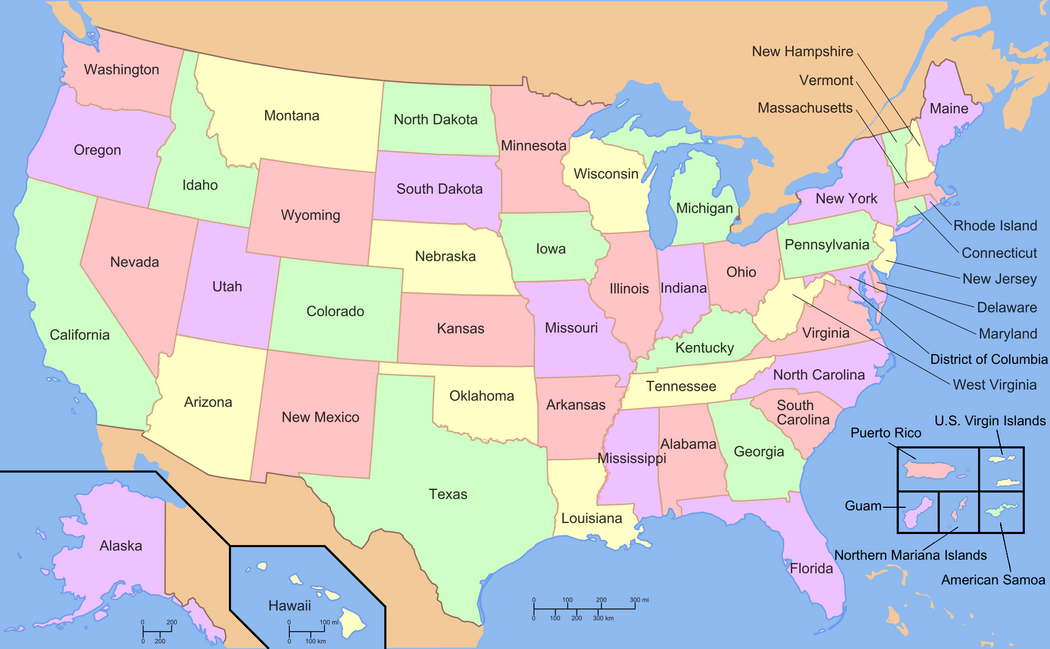
The Golden State was one of seven states with “very high” levels.
The others were Arkansas, Florida, Maryland, Nevada, Oregon and Texas.
LA County
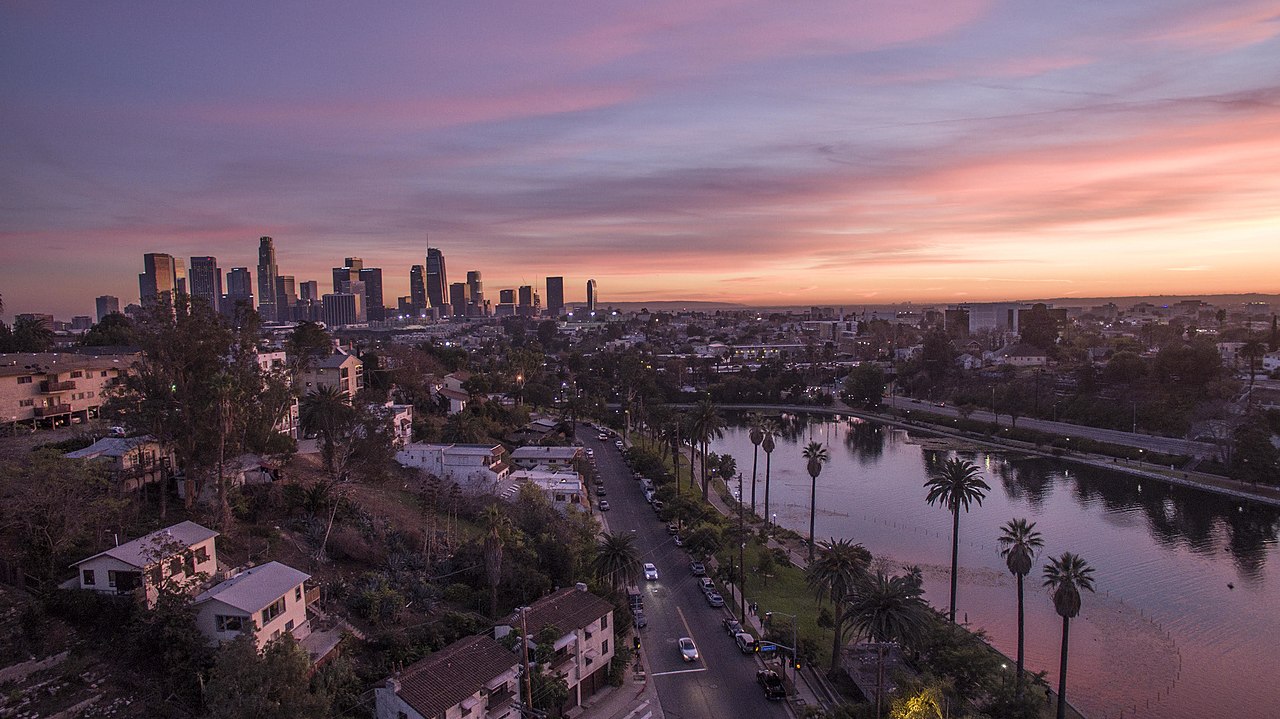
In Los Angeles County, the country’s most populous, Covid levels in wastewater have likewise expanded.
For a 10-day time frame that finished on June 29, according to the latest information from the region’s health department, Coronavirus levels in the county were at 27% of the previous winter’s pinnacle.
Daily Increases
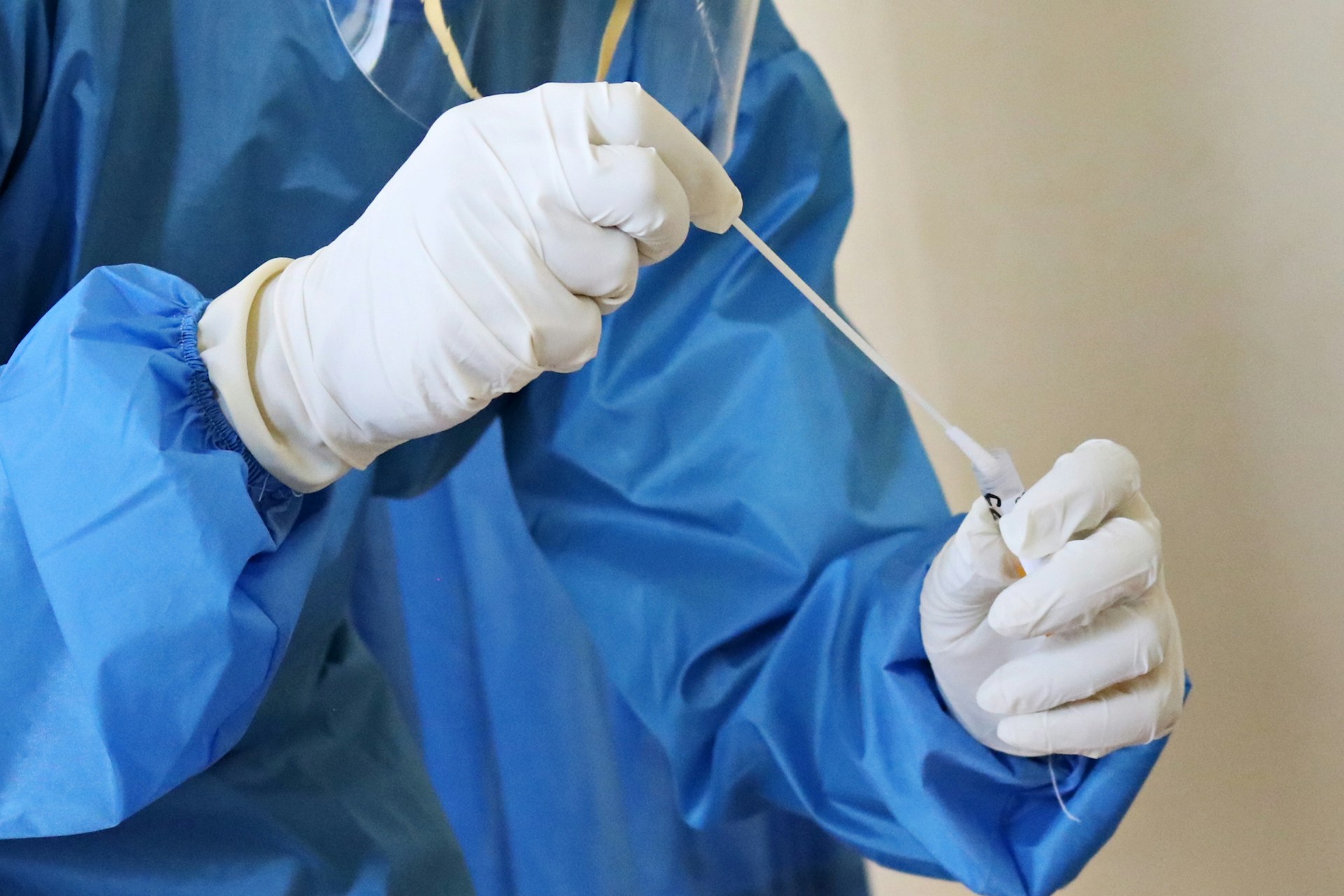
That is a critical increase from a dataset finishing on June 26 when the region was at 17%.
The daily average cases have likewise expanded, from 215 for the week finishing June 26 to 307 for the week finishing July 7.
Summer Pattern

In general, Covid levels have expanded from one side of the country to the other.
This has demonstrated a summer pattern proceeding to develop.
New Variations
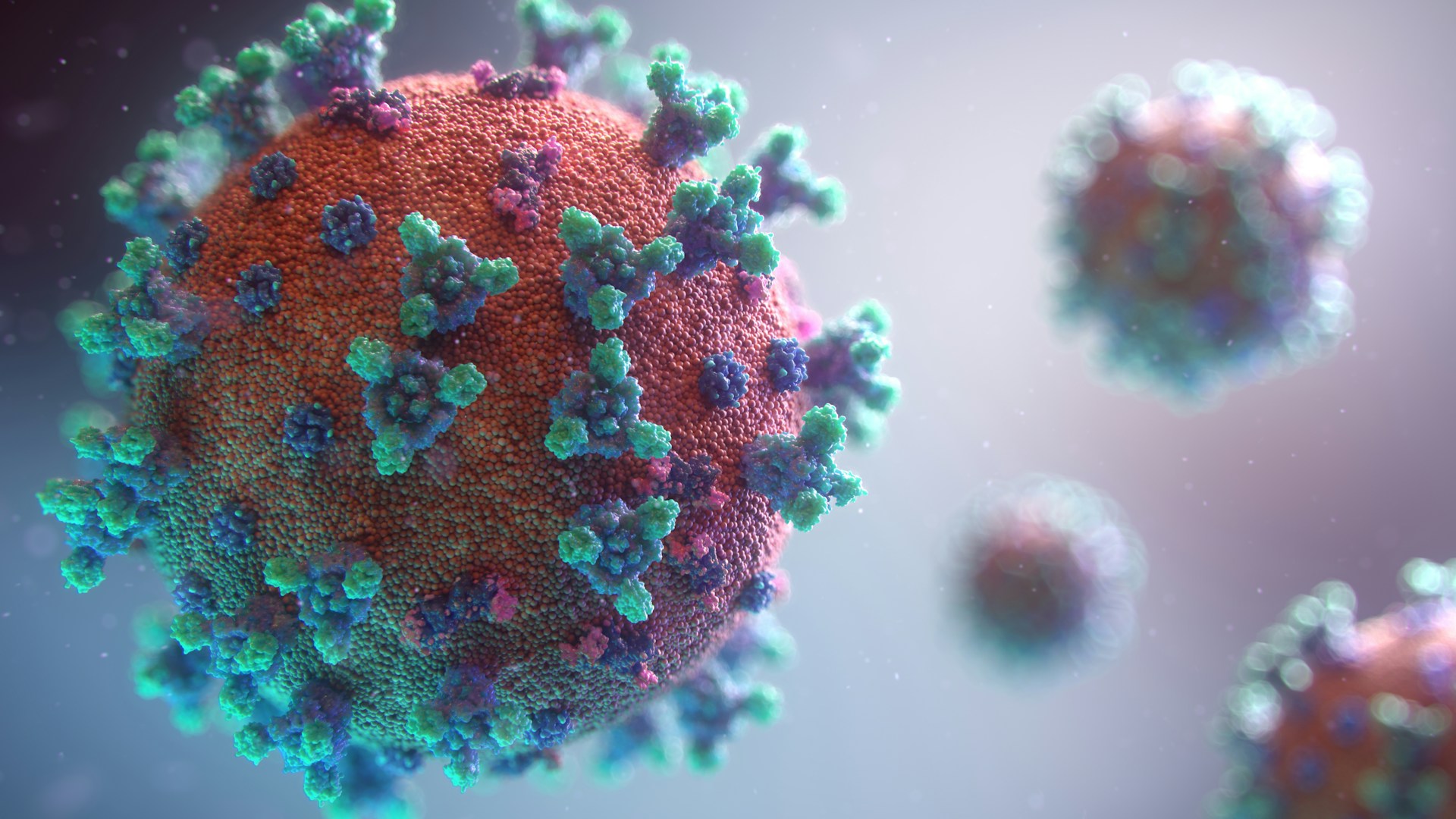
Two new Coronavirus variations, known as FLiRT, are answerable for the greater part of the most recent increase in cases.
Specialists have observed that the most recent variations are profoundly contagious but don’t cause more extreme illness.
Vaccine Updates
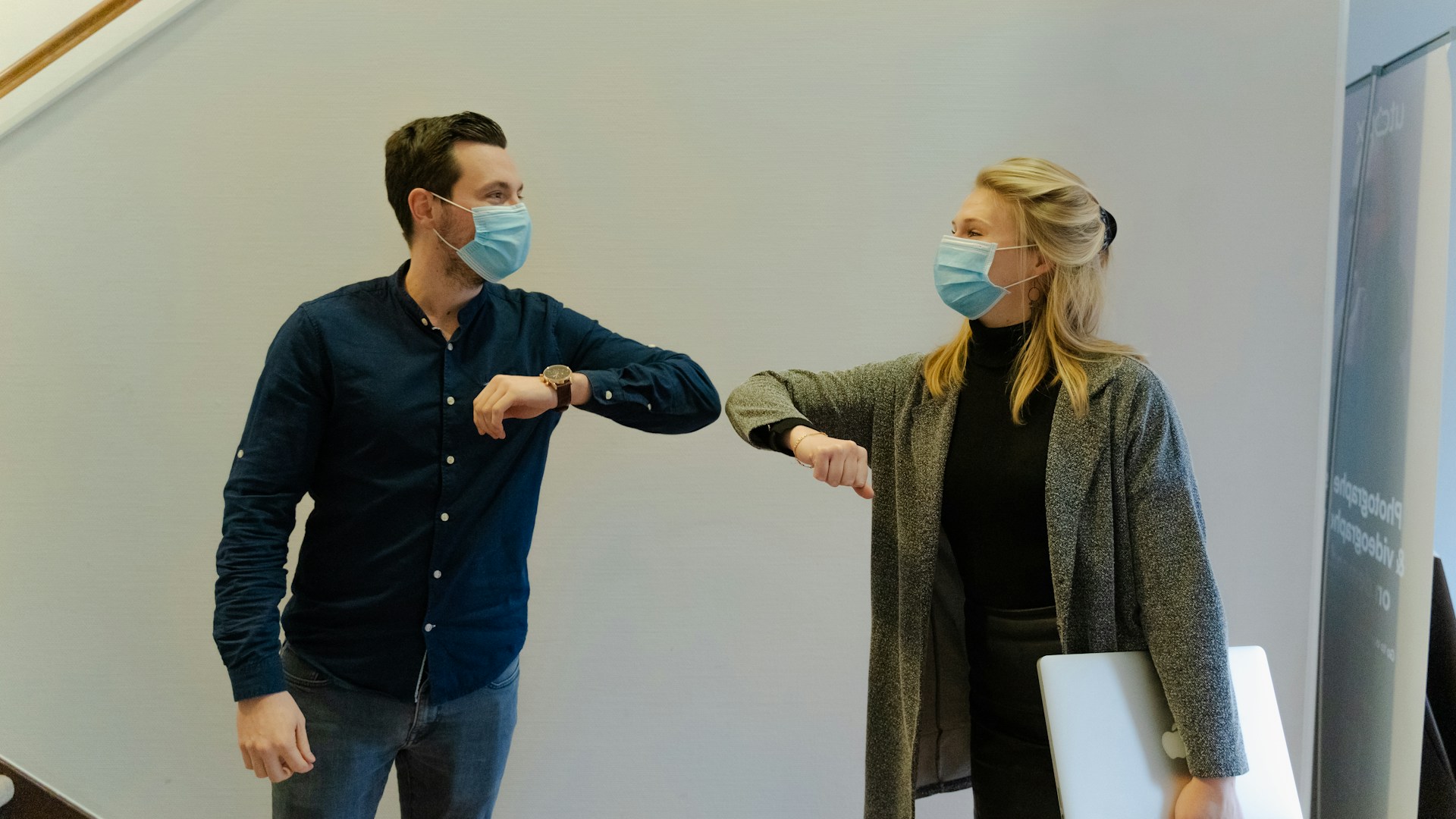
Doctors are continuing to encourage individuals to consider getting up-to-date immunizations, particularly if they are in higher-risk cohorts.
In California, just 36% of seniors over 65 and have gotten a recent immunization, which previously became available in September.
CDC Recommendations

The CDC has asked everybody six months and older to get one dose of the most recent immunization.
Another dose is likewise suggested for those ages 65 and older, as long as no less than four months have passed since their last shot, as indicated by the L.A. Times.
Test Use
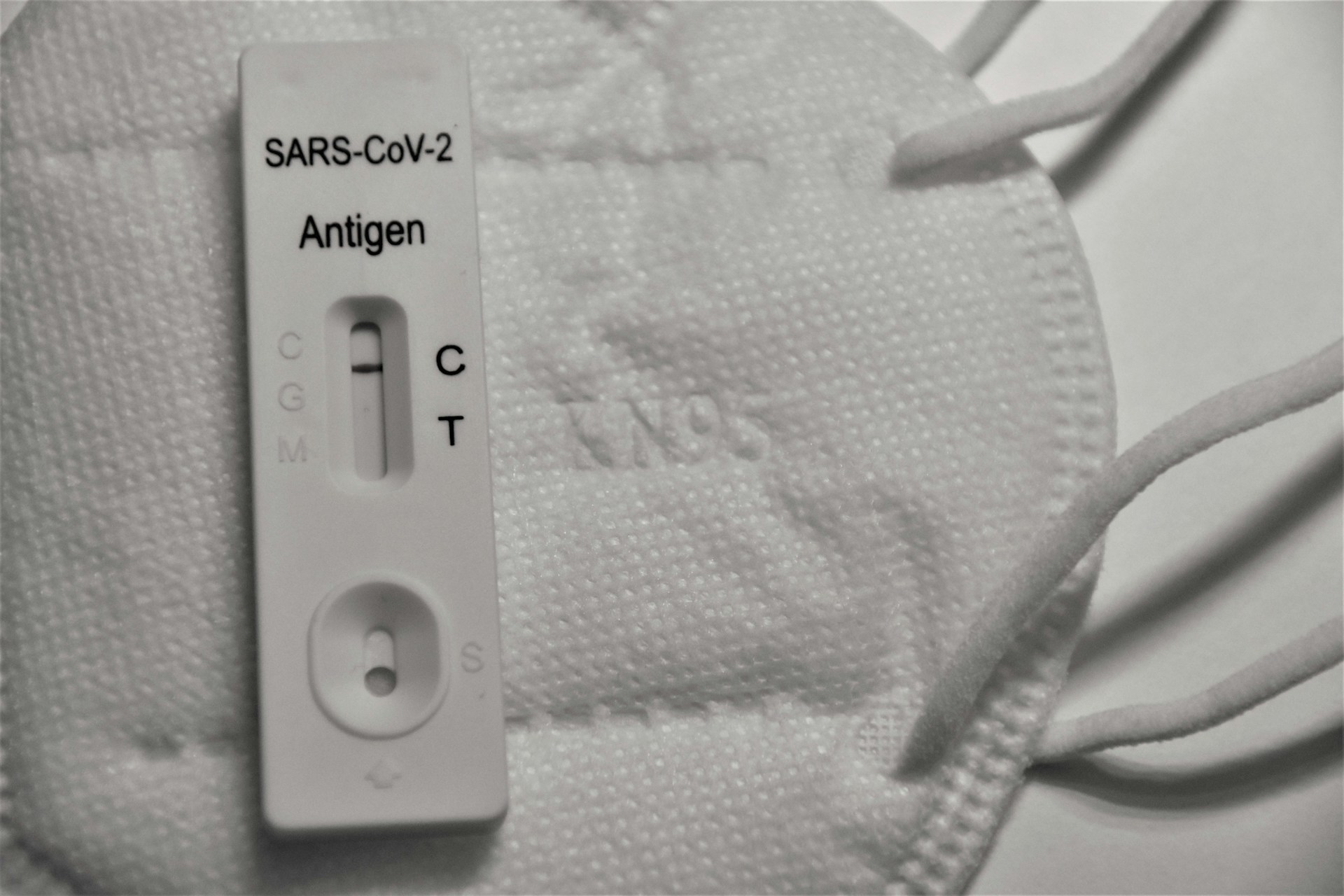
Coronavirus tests should be able to distinguish the FLiRT strains, as per Yale Medicine infectious diseases expert Scott Roberts.
Specialists suggest that individuals who are feeling ill take tests on a daily basis.
First Signs
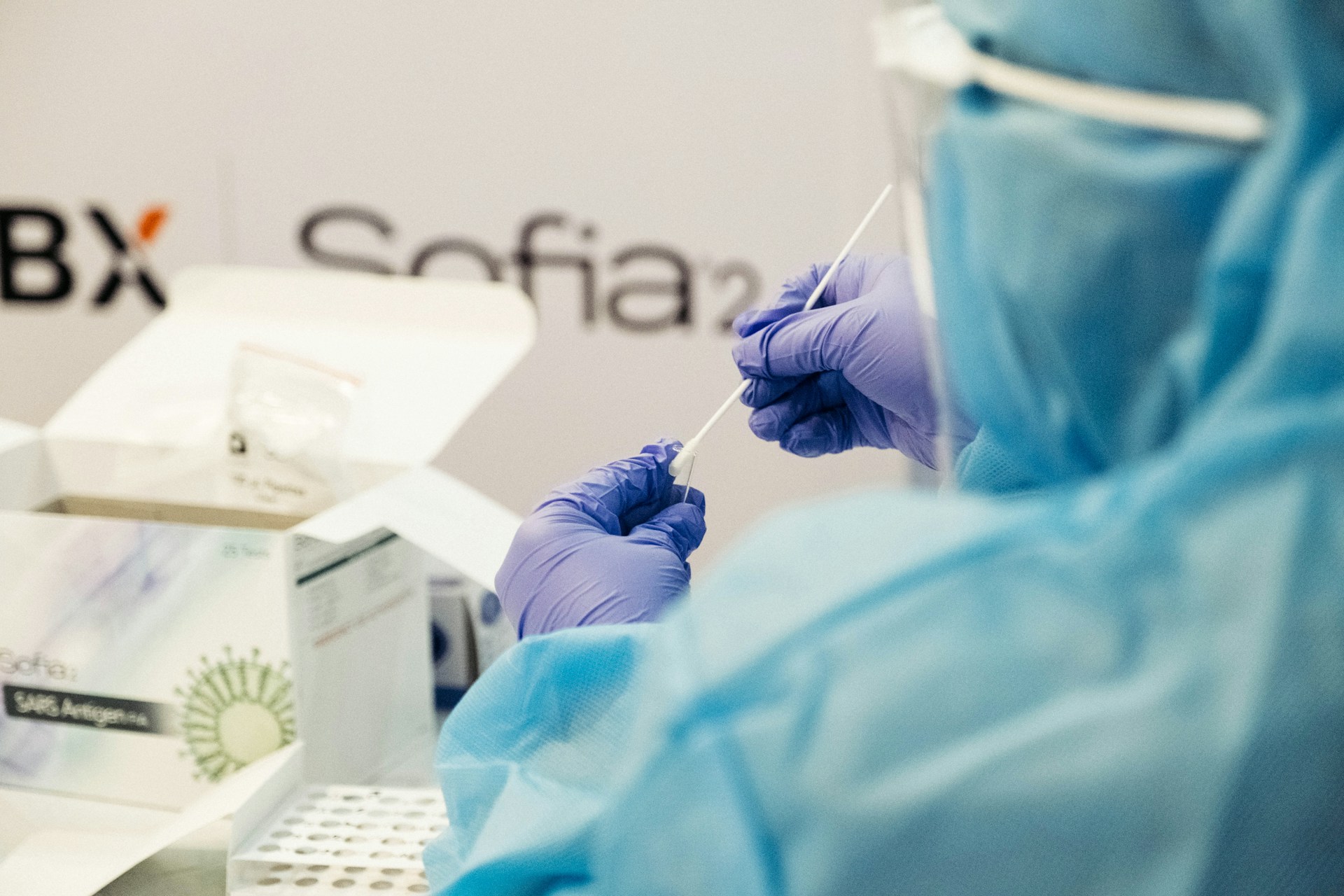
Individuals ought to consider taking a rapid Coronavirus test once every day for three to five consecutive days in the wake of encountering side effects.
It’s critical to take note that it could take more time for a Coronavirus rapid test to show a positive after the beginning of illness.
Updated Guidelines
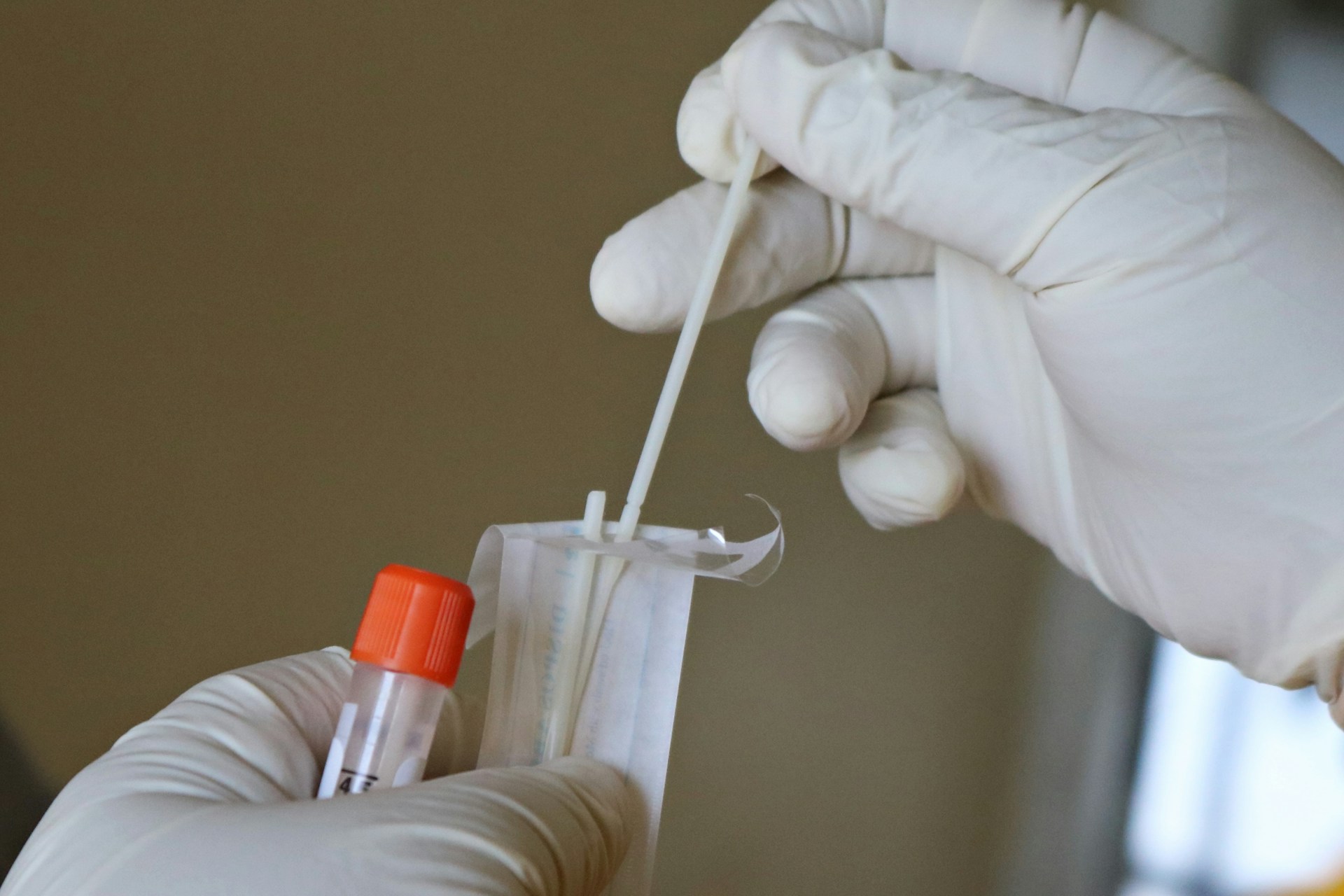
Health authorities suggest that individuals who test positive for Coronavirus wear a mask, and stay away from those with a higher risk of contracting severe Coronavirus.
If necessary, seek clinical treatment, as per the revised guidelines delivered in January.
Public Health Reports
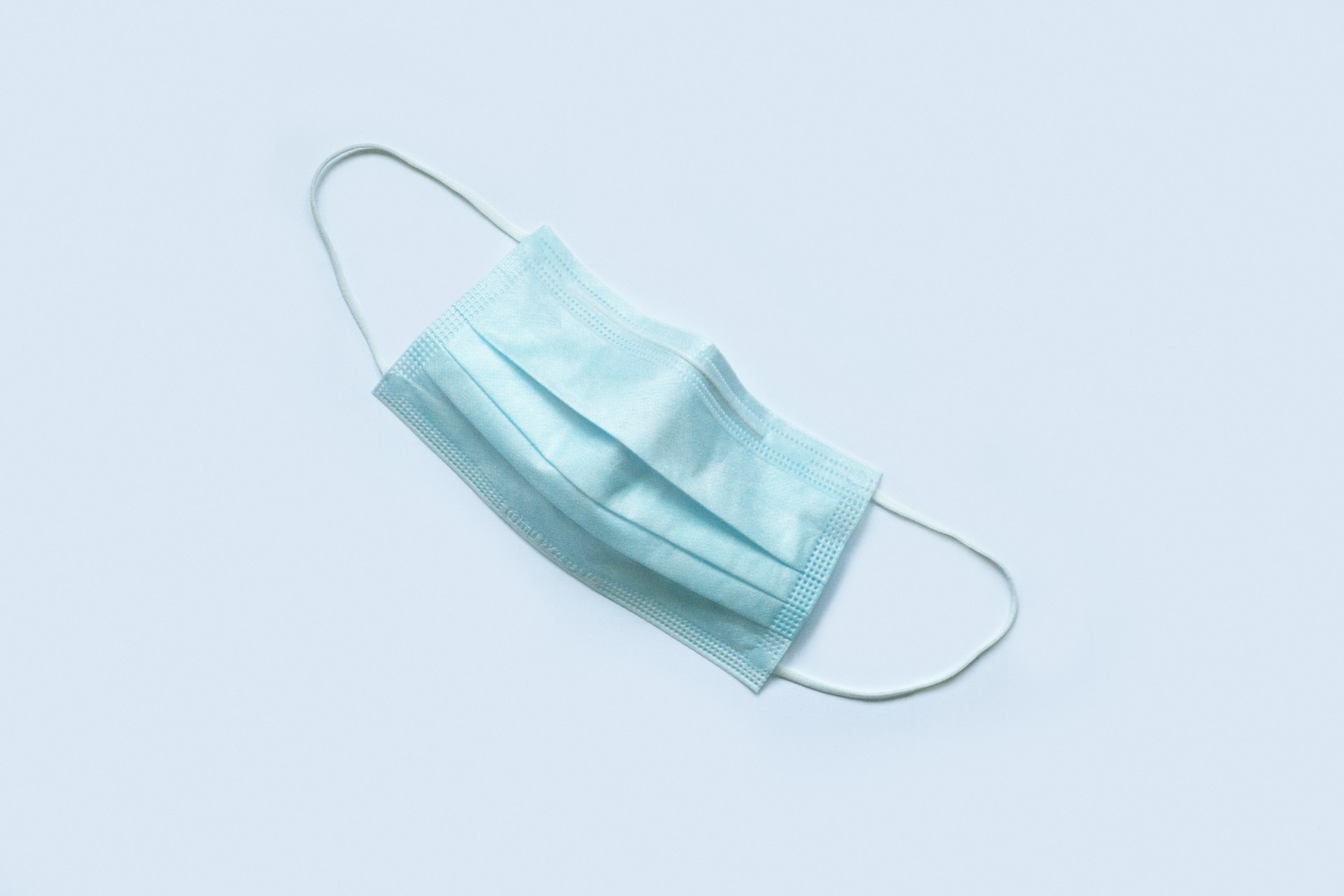
As of Jan. 9, individuals who test positive for Coronavirus however have mild side effects and have been fever-free without the assistance of medication may get back to school or work following one day of isolation.
According to a representative from the California Department of Public Health: “The reason for these changes is that we are now at a different point in time with reduced impacts from COVID-19 compared to prior years due to broad immunity from vaccination and/or natural infection, and readily available treatments for infected people.”
“Most of our policies and priorities for intervention are now focused on protecting those most at risk for serious illness.”
Reaction Online

Many commenters online reacting to the story felt like it wasn’t getting enough attention, and that COVID in the wastewater could spell trouble for residents.
“This is fine. I scream into a void everyday about this. No one cares and it’s really horrifying,” said X user Debbie Paperman.
Ignoring Warning Signs
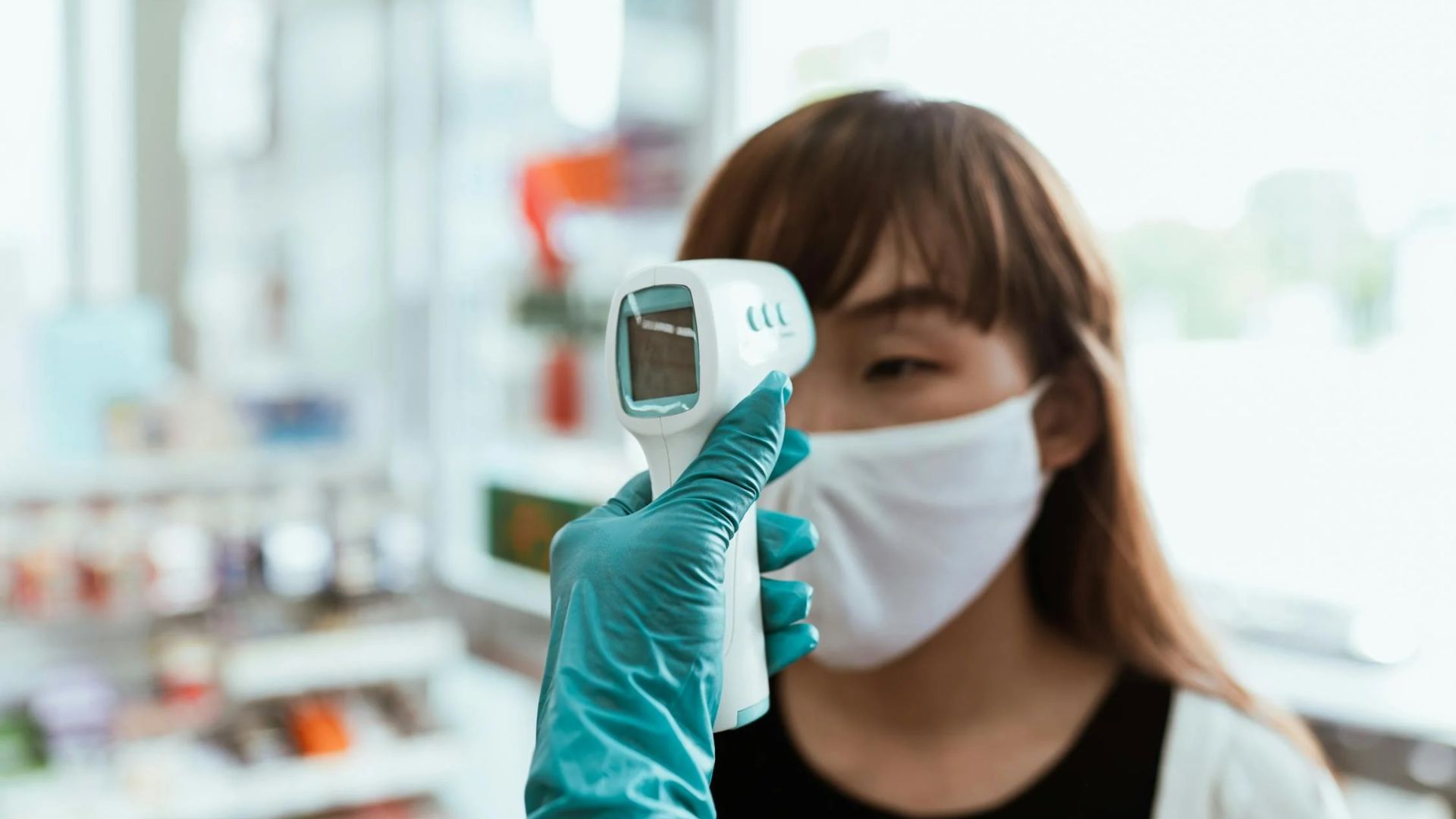
One user documented their experience in California and their worries that people are not taking proper precautions.
“Yes. I’m in California and so many ppl I know have been sick with COVID in the last week. And most are not masking and not curtailing their activities, helping maximize the size of this wave,” said an X user.
Not Much Masking

Another user expressed disappointment that they had no seen more masking protocols being followed in public despite the increased risk.
“Past 4 weeks in a row I’ve gotten news of someone else I know of -getting COVID -here in L.A. Anecdotally, in public, I don’t feel like I’m noticing much more masking than usual. It’s really sad,” said an X user.
Los Angeles Mask Ban
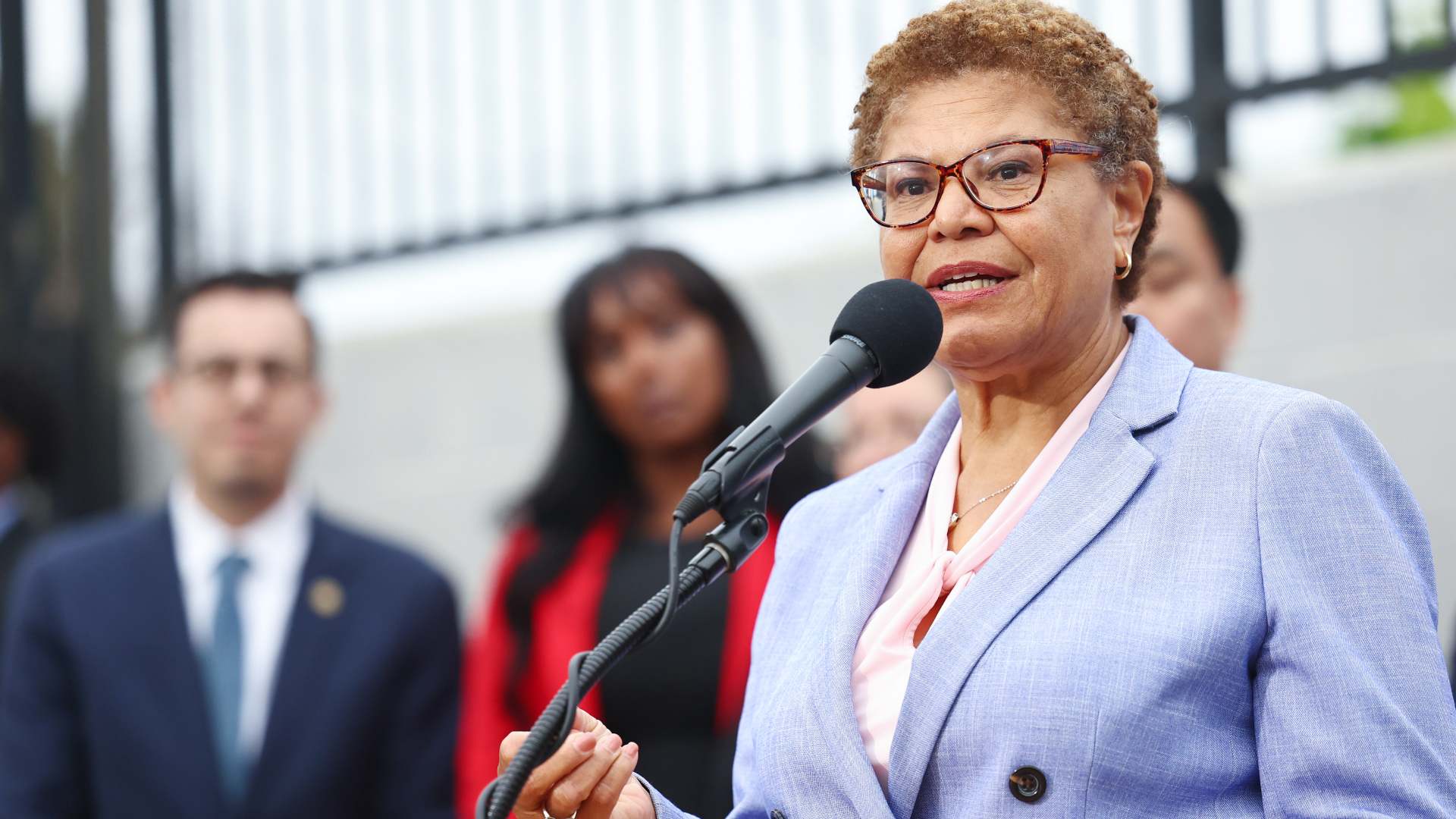
Last month, the Mayor of Los Angeles had considered trying to institute a ban on mask-wearing in public in response to a protest at a synagogue that got out of control.
At a press conference, Mayor Karen Bass affirmed that she would be looking for “points of clarity” around “whether or not people should be masked” when it comes to public protests.
Criticizing Mask Bans
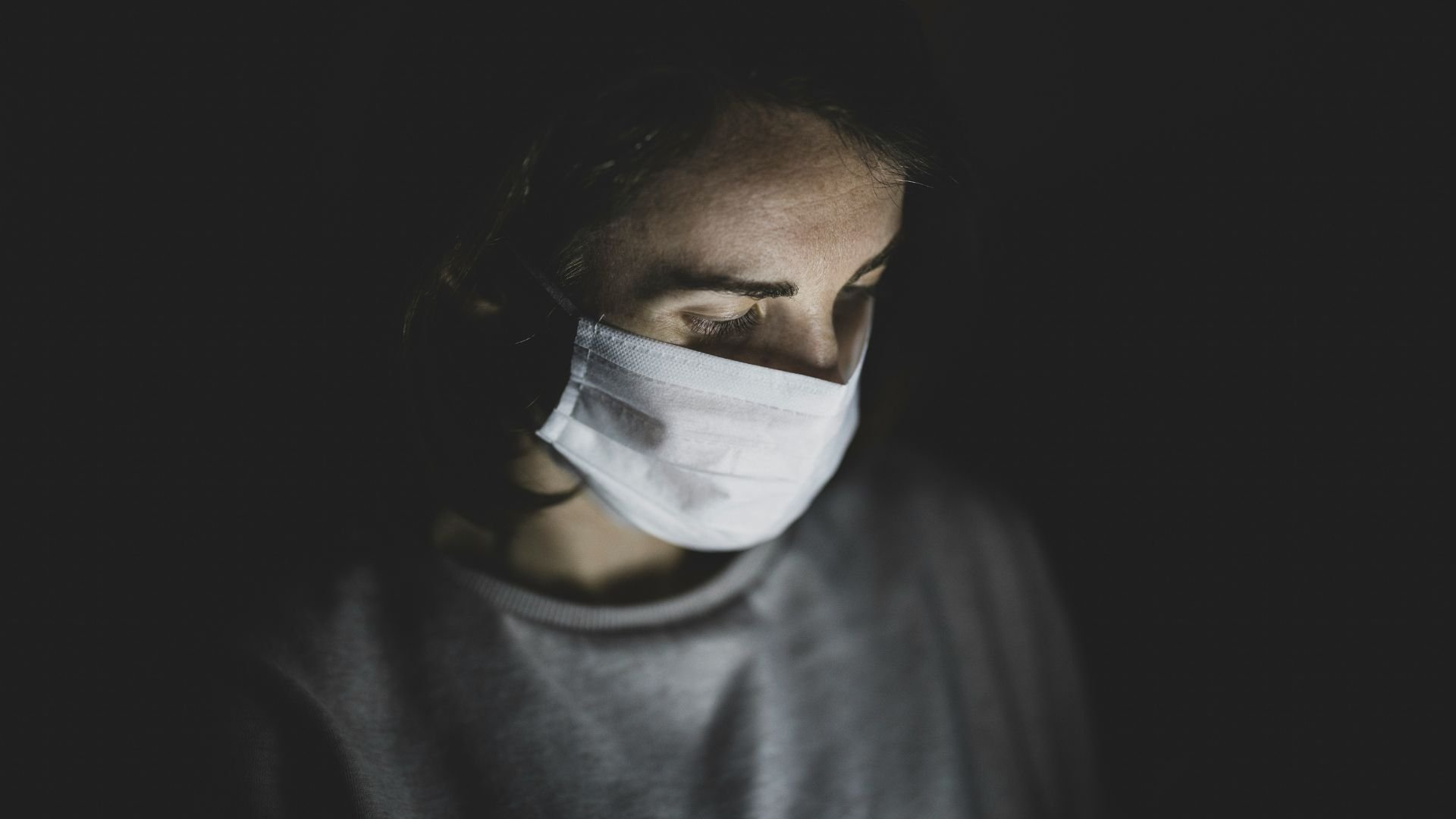
Commenters online brought up criticism of the idea of banning masks in the wake of the COVID levels in California.
“And Los Angeles wants to ban masks. Make it make sense,” said one X user. “But, hey ‘let’s ban masks.’ Hopefully that bonkers idea has been put in the bin,” said another X user.
Not Always Effective

One user on X shared their own experience with masks, also confirming they themselves are part of the new influx of cases despite following proper procedure.
“Yup, and I’m one of the new cases, my first time ever, despite always masking in public spaces. Just wish others would throw on a mask, there are so many vulnerable people,” said an X user.
Continued Threat

Although the country has managed to get through the peak of the threat that COVID has posed to American citizens in recent years, COVID is still on the minds of medical professionals and researchers.
According to the CDC, there has been a recent spike in COVID indicators. The week ending on July 13 showed a 12.6% rise in positive tests and a 1.6% increase in emergency room visits.
Long COVID
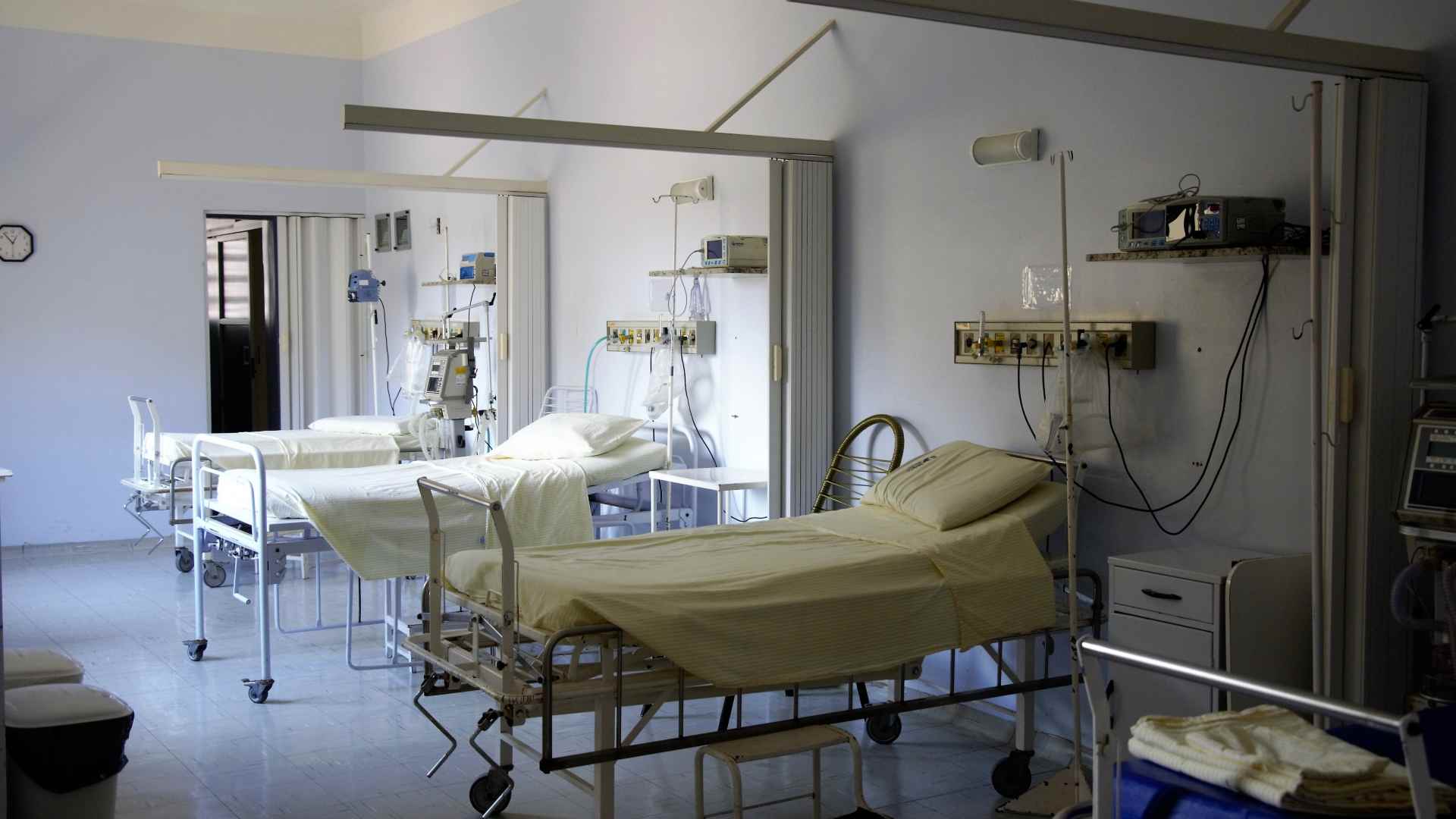
A phenomenon known as long COVID where patients can experience symptoms of the illness for weeks, months, or even years afterward getting the disease has been decreasing recently according to a study.
Thanks to vaccines, the rate of long COVID decreased from affecting 10.4% of people who contracted the disease early on to only 3.5% of vaccinated people.
Still a Problem

While rates of long COVID have decreased, they still represent a real threat to people who do not have adequate defenses against the disease.
“We have people in the clinic here with long COVID, and they’re significantly affected, and some of them are profoundly disabled,” said Dr. Ziyad Al-Aly, chief of research and development at the Veterans Affairs St. Louis Health Care System in Missouri.
Not Solved Yet
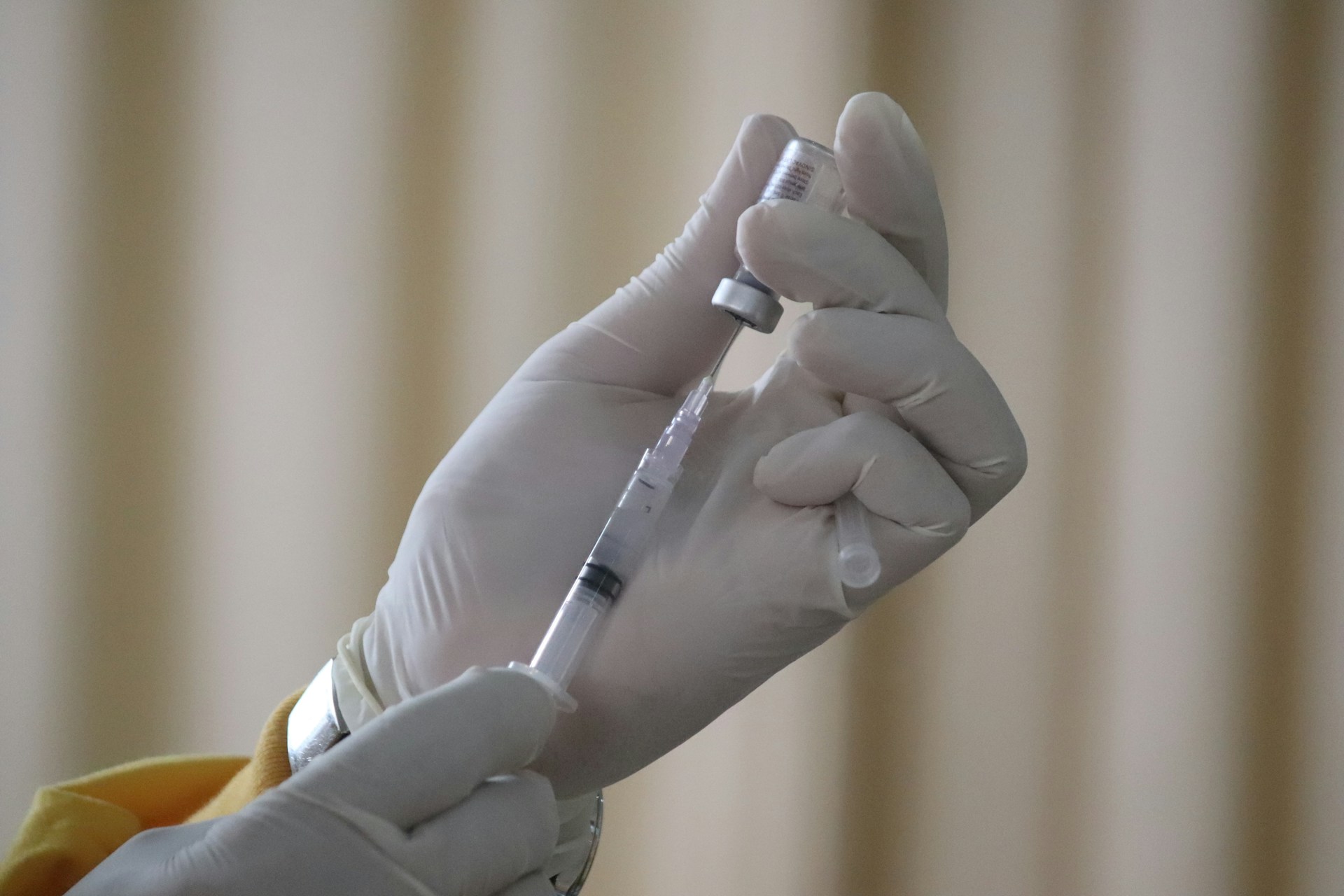
Although progress has been made in fighting the contraction of long COVID, the severity of the disease and the fact that COVID itself still affects millions means that some feel they can’t rest on the current progress.
“Three-point-five-percent is not zero,” Al-Aly said. “That’s still three to four individuals out of 100 of a disease that could be, in some instances, devastating.”
Reason for Hope
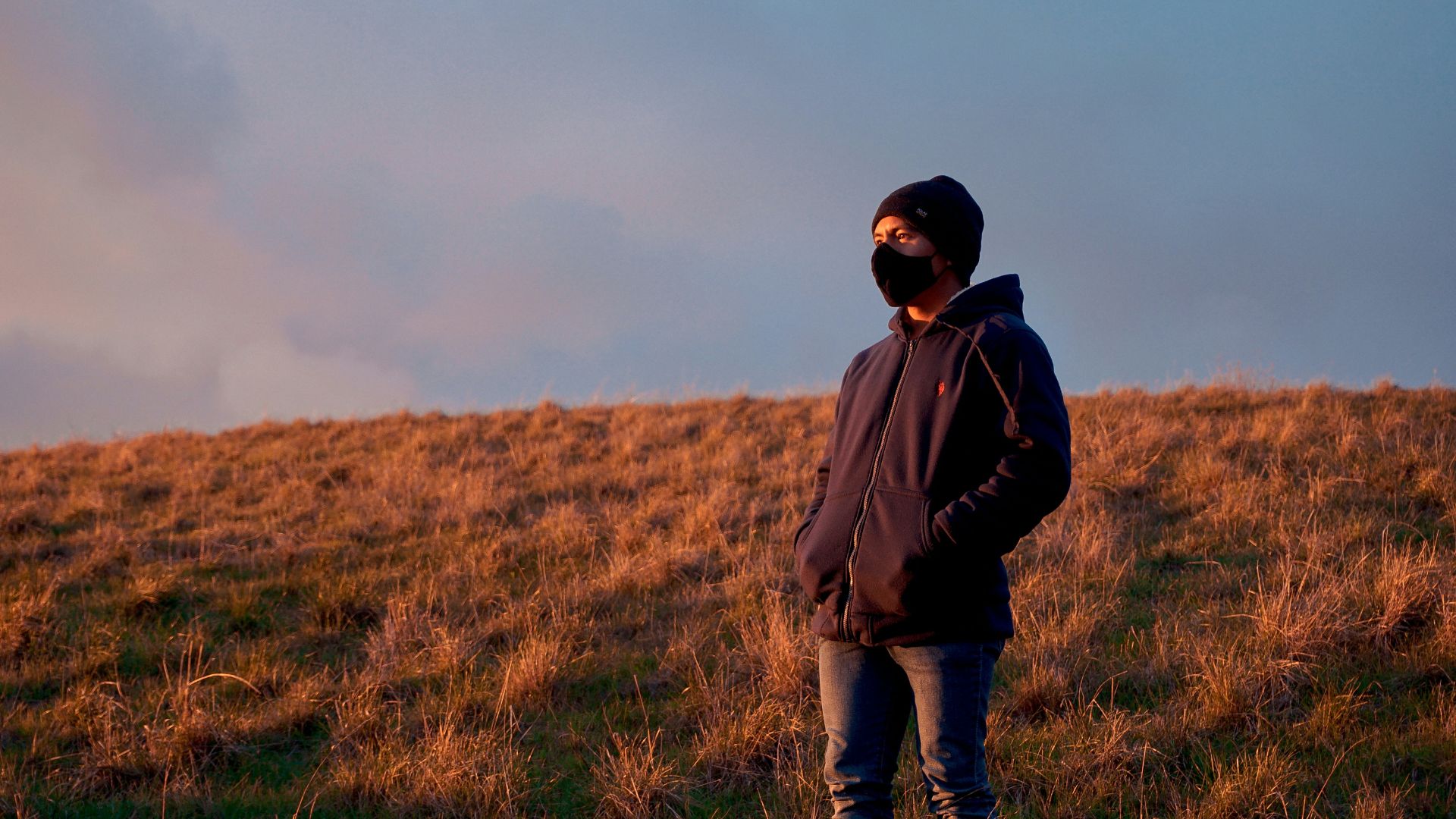
Researchers and medical professionals were able to breathe a sigh of relief in California back in April, which saw the first day since the pandemic began with zero COVID deaths.
The state previously had 1,476 consecutive days with COVID deaths until that point.
Vaccination Rates
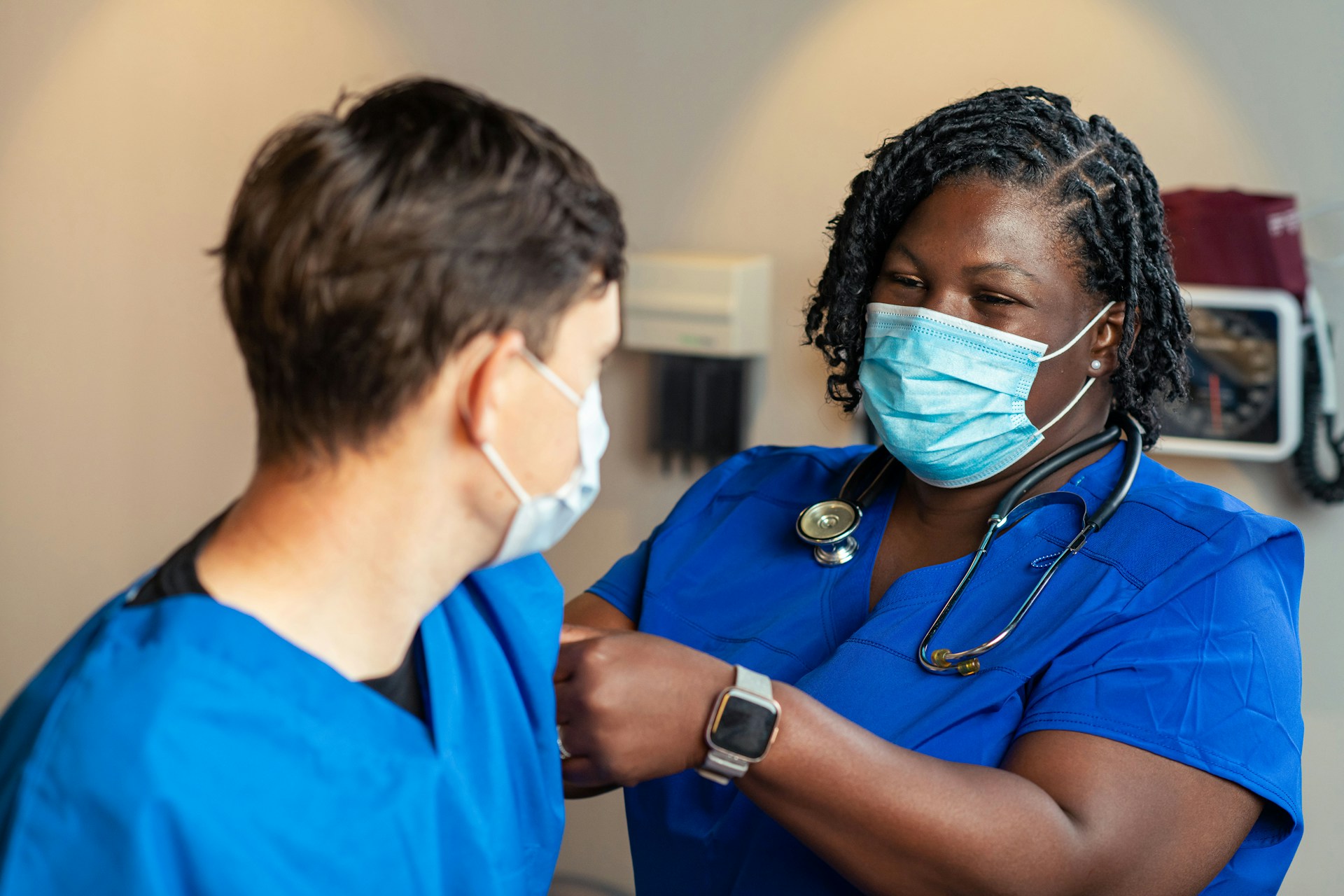
As the threat of COVID leaves the minds of normal people as they go about their day-to-day lives, there is less incentive for someone to get vaccinated.
Back in December, the CDC expressed an “urgent need” to boost falling vaccination rates amid the continued risk of COVID and other respiratory illnesses.
